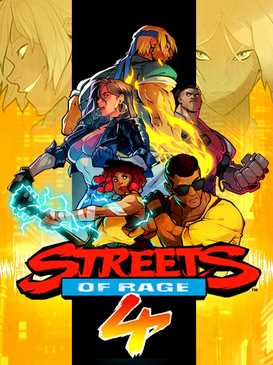Street art has become a vibrant and influential part of contemporary culture, with its bold colors, striking imagery, and expressive messages. One crucial element of street art is lettering, which plays a significant role in communicating the artist’s message and establishing their unique style.
Lettering in street art has its roots in a variety of sources, including graffiti, calligraphy, and typography. Graffiti, with its origins in the late 1960s and early 1970s, served as a foundation for lettering in street art. Graffiti artists developed distinctive styles of lettering, characterized by elaborate curves, sharp angles, and intricate details, which quickly became a visual language of self-expression.
Another influence on lettering in street art is calligraphy. Calligraphy, with its focus on the art of beautiful handwriting, provides a foundation for exploring different letterforms and artistic techniques. Street artists often draw inspiration from the flowing lines and elegant curves of calligraphy to create unique and eye-catching lettering styles.
Typography, the art of arranging and designing typefaces, also contributes to the evolution of lettering in street art. The study of letterforms, layout, and composition in typography provides street artists with the knowledge and skills to experiment with different lettering styles, sizes, and arrangements. Typography helps street artists create visually appealing and impactful lettering that draws attention and conveys their intended message.
As street art continues to evolve, lettering remains an integral part of its visual language. Artists draw inspiration from a range of sources, combining graffiti, calligraphy, and typography to create unique and captivating lettering styles. The origins of lettering in street art lay in these diverse influences, resulting in a rich and dynamic form of self-expression.
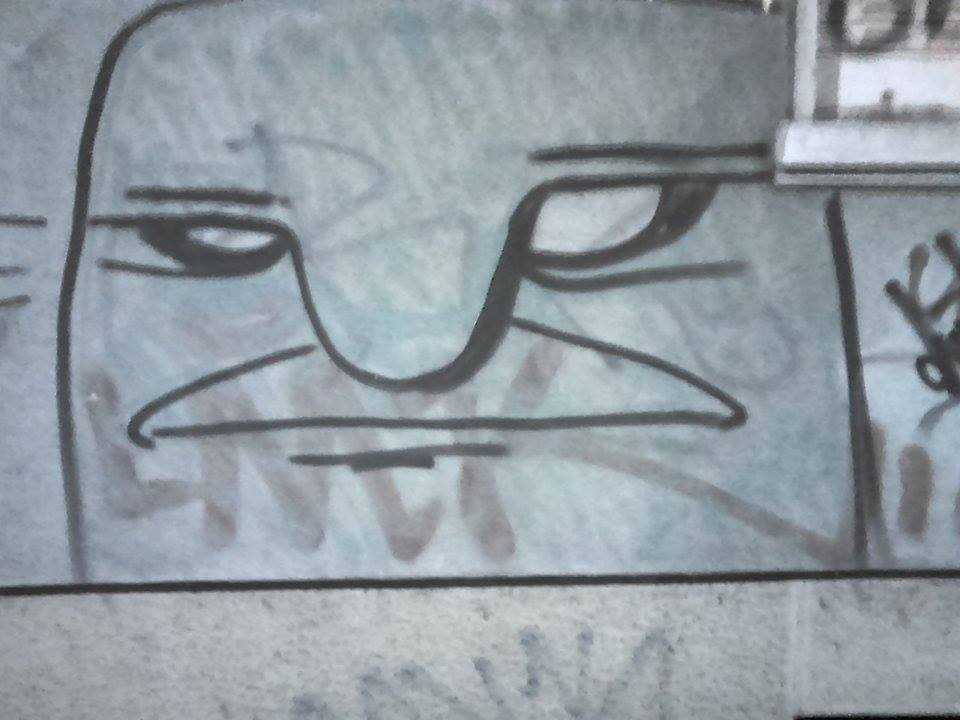
The street art stencil technique is a popular method used by urban artists to create intricate and detailed designs on walls and other surfaces. It involves creating a stencil out of a material such as cardboard or acetate and then using spray paint to apply the design onto the desired surface.
One of the main advantages of using stencils in street art is that it allows artists to replicate their designs quickly and easily. The stencil can be reused multiple times, making it a cost-effective method for creating large-scale artworks.
Stencil art also offers artists a level of precision and control that is not always achievable with freehand techniques. By using a stencil, artists can ensure that their designs are consistent and symmetrical, resulting in a polished and professional finished product.
Creating a Stencil

There are various ways to create a stencil for street art. One method is to use a computer program or software to design the desired image and then print it out onto a thick paper or acetate sheet. The image is then carefully cut out using a utility knife or craft blade to create the stencil.
Another popular method is to create a stencil by hand. Artists can draw their design onto a piece of cardboard or acetate and then cut it out using a craft knife or scissors. This method allows for more flexibility and creativity, as artists can make adjustments to the design as they go.
Applying the Stencil
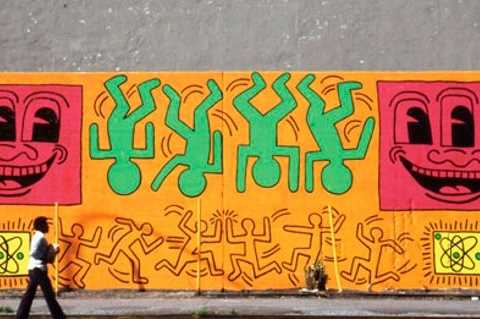
Once the stencil is created, it can be used to apply the design onto a surface. The stencil is held firmly against the surface, and spray paint is applied evenly over the stencil using a can. Care must be taken to ensure that the paint does not bleed under the stencil, as this can result in a blurry or smudged design.
Advantages of Stencil Art in Street Art
| Advantages | Description |
|---|---|
| Reproducibility | Stencils can be reused multiple times, making it easy to replicate designs. |
| Precision | Stencil art allows for precise and consistent designs. |
| Cost-effective | Creating stencils is a cost-effective method for large-scale artworks. |
Overall, the street art stencil technique offers urban artists a versatile and efficient method for creating visually striking designs. Whether using pre-made stencils or creating their own, artists can achieve intricate and detailed artworks with the use of this technique.
The Role of Spray Paint in Ecriture Street Art
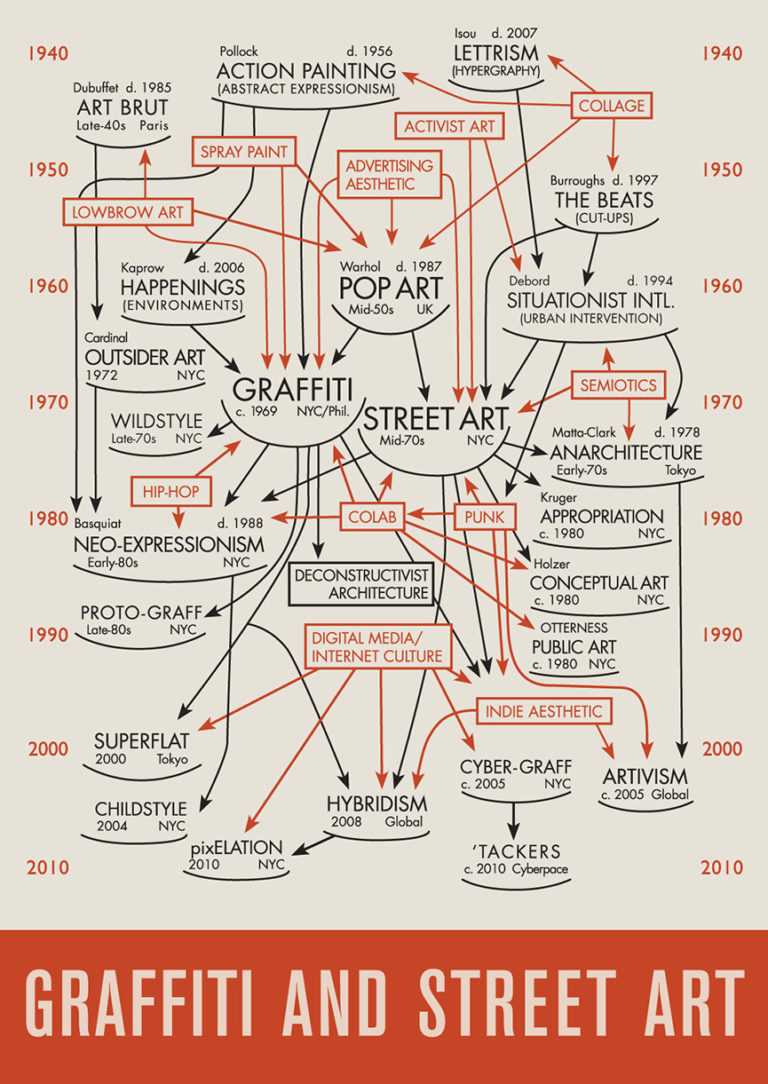
Ecriture street art is a unique form of artistic expression that combines calligraphy, graffiti, and typography to create visually stunning lettering designs. One of the most important materials used in this art form is spray paint. Spray paint allows artists to quickly and efficiently apply bold colors and gradients to their designs, giving them a vibrant and eye-catching appearance.
Spray paint also offers a level of versatility that is unmatched by other mediums. Artists can easily control the flow and thickness of the paint by adjusting the nozzle, allowing them to create intricate details or broad strokes with ease. This level of control is crucial for artists who aim to convey their message through the expressive lines and curves of their lettering.
Additionally, the nature of spray paint makes it ideal for outdoor art, which is a hallmark of ecriture street art. Its fast-drying properties allow artists to work quickly and effectively, even in challenging weather conditions. Spray paint’s durability also ensures that the designs will withstand the test of time and the elements, making it a reliable choice for outdoor installations.
The use of spray paint in ecriture street art also ties into the rebellious and transient nature of the movement. Many artists use spray paint as a form of protest or social commentary, using their lettering designs to express their opinions on various issues. The act of graffiti itself is often seen as an act of defiance against established systems, and spray paint is a fitting medium for this form of artistic expression.
The Art of Writing and Graffiti
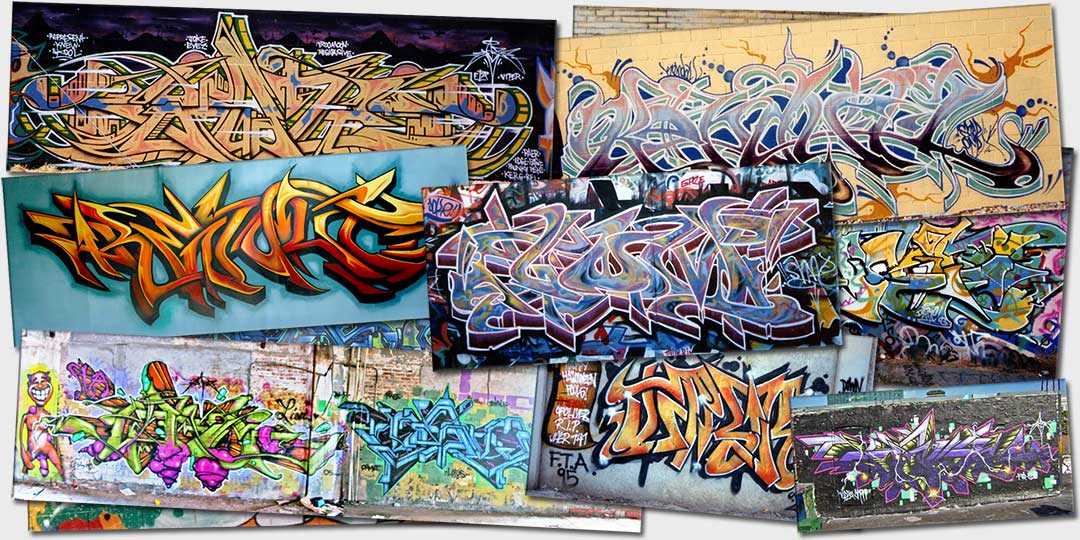
The art of writing has a long and rich history, dating back to ancient civilizations. From cave paintings to hieroglyphics, humans have always been fascinated with expressing themselves through written symbols. This fascination with writing has also found its way into the world of graffiti.
Graffiti is a form of visual expression that has gained popularity in urban environments. It often involves the use of spray paint or markers to create intricate and eye-catching designs on walls, buildings, and public spaces. While graffiti is often associated with vandalism and illegal activities, it is important to recognize the artistic value that can be present in these creations.
Exploring Different Styles

Another style commonly seen in graffiti is “bubble letters.” These letters are round and puffy, giving them a playful and lighthearted feel. Bubble letters are often filled with vibrant colors and can be seen in both large-scale murals and smaller tags.
The Evolution of Lettering
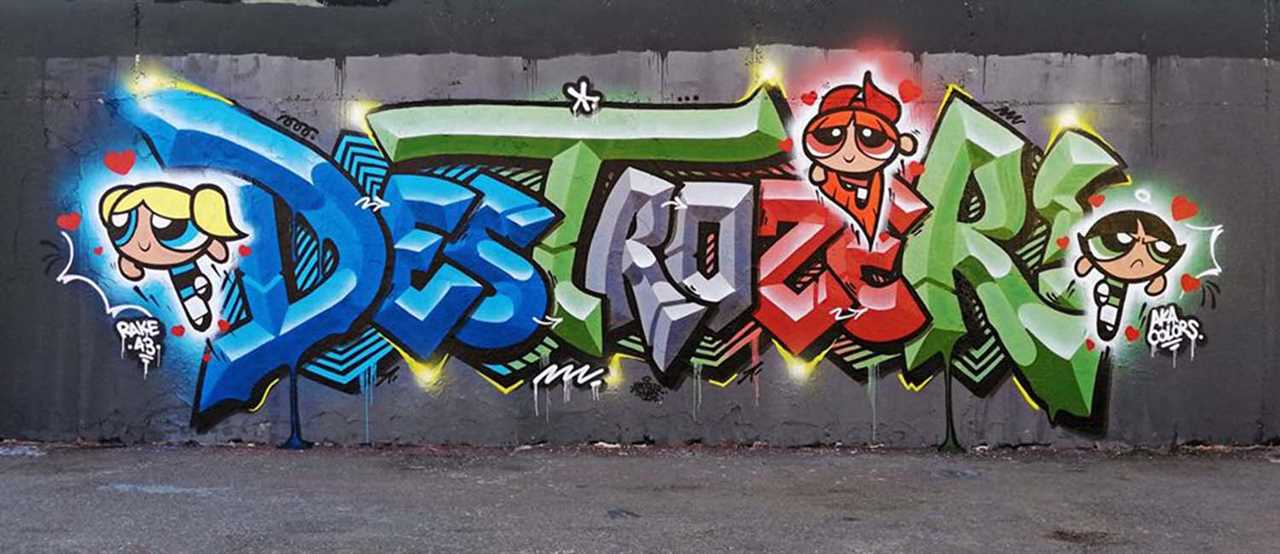
The origin of lettering in graffiti can be traced back to the early days of hip-hop culture in New York City in the 1970s. Graffiti writers would often tag their names on subway trains, showcasing their artistic skills to a wide audience. Over time, these tags evolved into more intricate and stylized lettering, with writers pushing the boundaries of what was possible with spray paint and markers.
Today, the art of writing in graffiti continues to evolve and innovate. Artists are constantly experimenting with new techniques and styles, pushing the limits of what can be achieved with lettering. From 3D effects to calligraphy-inspired designs, the possibilities are endless.
Impact and Representation of Ecriture Street Art
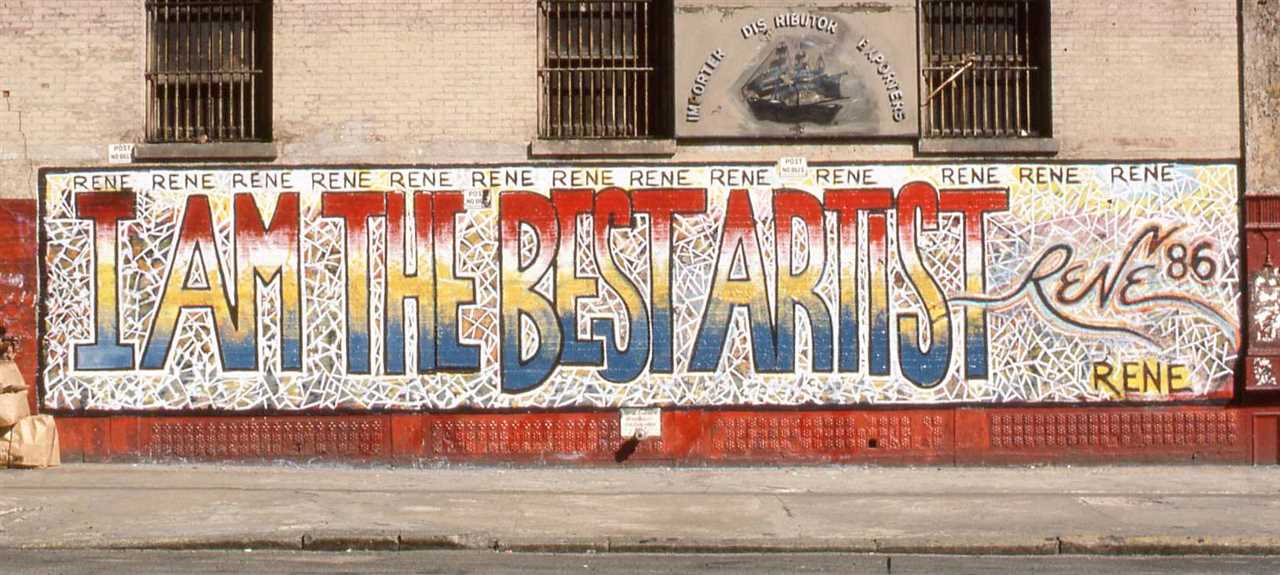
The Impact of Ecriture Street Art
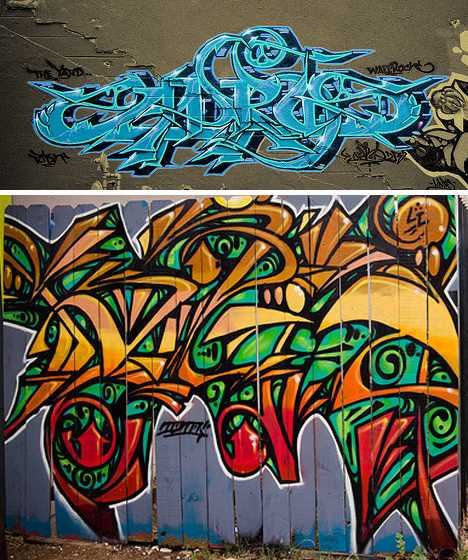
Ecriture street art has had a profound impact on the aesthetics and culture of street art as a whole. The intricate and detailed nature of the lettering adds a level of sophistication and artistry to the graffiti medium. It has transformed the perception of graffiti from mere vandalism to a legitimate art form.
Moreover, ecriture street art has gained recognition and appreciation from both the art community and the general public. Many artists who specialize in this style have achieved international fame, showcasing their work in galleries and museums around the world.
Representation in Society
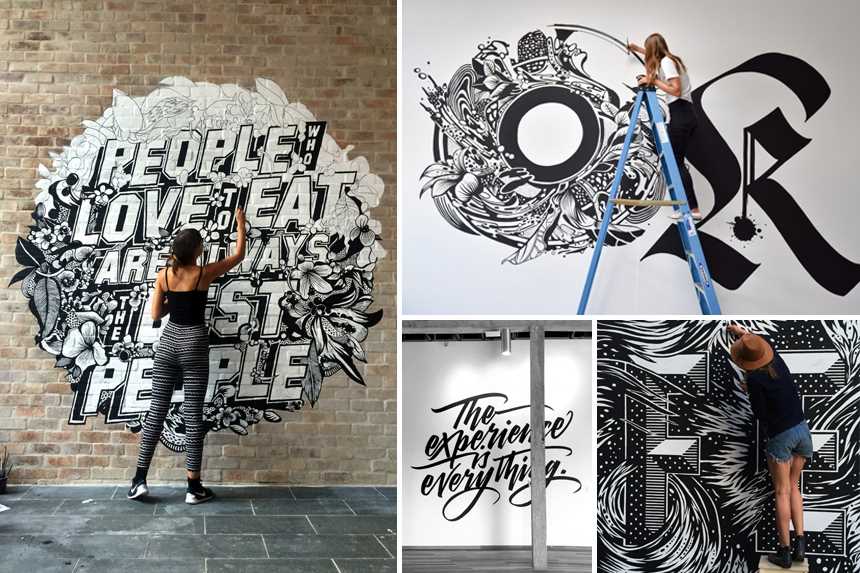
Ecriture street art serves as a powerful form of self-expression for the artists who create it. The lettering’s unique and personal style allows artists to convey their messages and ideologies in a visually captivating way. The messages conveyed through ecriture street art often reflect on social and political issues, making it a powerful tool to raise awareness and provoke thought.
Ecriture street art also plays a role in shaping the identity and character of the neighborhoods where it is found. The vibrant and visually striking lettering adds a distinct and colorful element to the urban landscape, contributing to the cultural richness of the community.
- It fosters a sense of community and belonging among the artists and residents of the neighborhood.
- It encourages dialogue and discussions about art, culture, and societal issues.
- It challenges traditional notions of art and pushes the boundaries of creativity.
- It inspires and empowers aspiring artists to explore and experiment with various lettering styles.

I am a mural enthusiast and a fervent admirer of street art. Rather than creating murals myself, I am passionate about collecting them. My love for street art knows no bounds. I am dedicated to curating and cherishing these artworks that grace the streets. My collection stands as a testament to my profound appreciation for this form of artistic expression.
read about me




